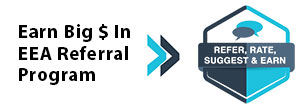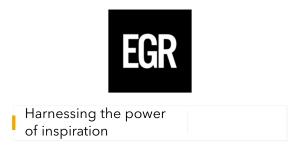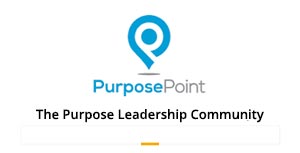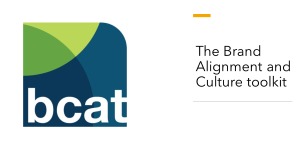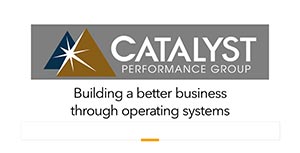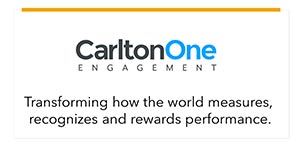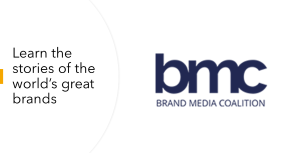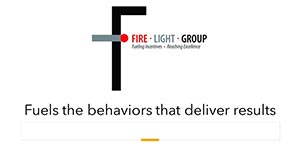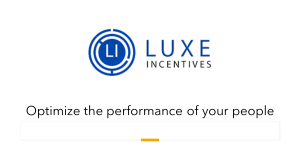Part III: Overview of the New European Law CSRD Law
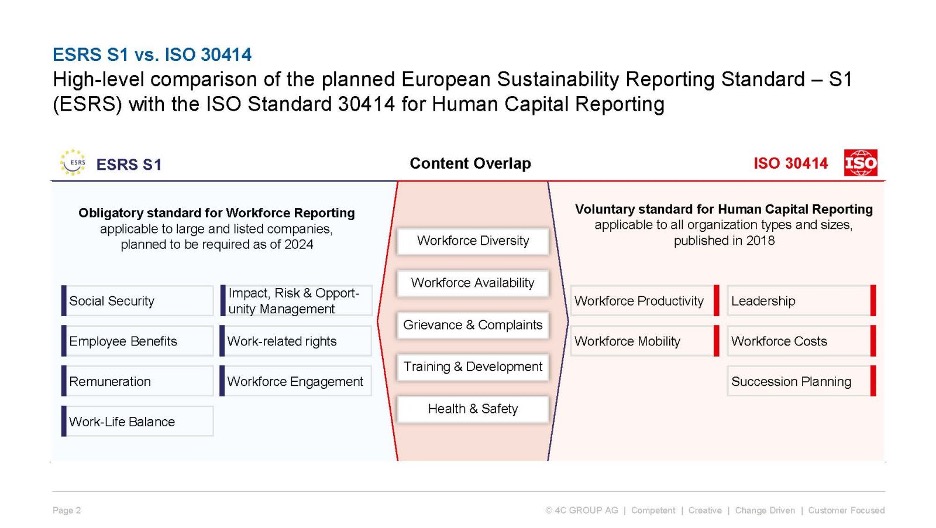 This continues a series on the new European Corporate Sustainability Reporting Directive (CSRD) that leading legal and advisory firms believe will set a new standard in reporting backed by the force of law for organizations doing business in the world’s third largest economy after China and the US. Click here for a complete handbook on how to create a Corporate Sustainability Report in conformance with the new law.
This continues a series on the new European Corporate Sustainability Reporting Directive (CSRD) that leading legal and advisory firms believe will set a new standard in reporting backed by the force of law for organizations doing business in the world’s third largest economy after China and the US. Click here for a complete handbook on how to create a Corporate Sustainability Report in conformance with the new law.By Bruce Bolger
“Brussels may be the birthplace of CSRD, but it will have far-reaching consequences internationally, potentially affecting approximately 50,000 businesses operating in the EU, including EU subsidiaries of non-EU parents, who will have to meet the final European Sustainability Reporting Standards (ESRS),” writes Jan-Hendrik Gnändiger, Global lead for ESG reporting, KPMG International in a recent report published by the company. A recent report in the Wall Street Journal estimates about 3,000 companies in the US, not to mention the trickle-down effect it will have by raising in general the standards of Corporate Sustainability Reporting by having a uniform reporting format backed by organizational assurances and independent audits.
If you have a senior management position at a public or large company that does business in the European Union, or if your company does business with such a company, expect to hear about this new law from your boards, attorneys, or clients through requests for information on your organization's environment, human capital, and governance practices. If you are an investor, consumer, employee, supply chain or distribution partner, community member, or otherwise engaged with such an organization, you will in the coming years be able to access and compare surprisingly detailed information on how many organizations manage their stakeholder relationships, including their rates of employee turnover, pay equity, discrimination claims, and injury rates, etc.
This is why it makes sense in most cases to create a Corporate Sustainability Report consistent with the CSRD framework; it is unlikely that anyone could request information beyond the scope of these requirements. And, for those companies that are not legally bound by the law, they do not have to publish the same level of details to still benefit from a meaningful Corporate Sustainability Report, because this could put them at a competitive dis-advantage if competitors do not have to comply--contrary to the stated intent of the law to level the playing field.
Effective dates by company size. The EU law will affect all publicly held companies, as well as companies with:
- More than 250 employees, turnover of more than 40 million euros ($43 million) or total assets exceeding 20 million euros ($22 million.)
- Non-EU companies with at least one subsidiary in the EU and a net turnover of more than 160 million euros ($165 million.)
- Reporting begins in January of 2025 for companies already subject to the European disclosure laws based on 2024 data, and January 2026 for all other companies based on 2025 data.
- Note that there are special provisions for subsidiaries and select exemptions to be finalized as well.
According to a report published by the US Chamber of Commerce, 64% of global investment in the US comes from Europe; there is about $750 billion in trade between Europe and the US; and Europe-owned companies account for over half of US exports. There are an estimated 23 million companies in the EU, of which over 135,000 have multinational operations. ESM has not yet found an estimate of US companies with offices in the EU nor of an estimate of how many do business with organizations covered by the new regulations.
Others to be affected by the law. As with ISO 9001 quality management standards (which are not mandatory), distribution and supply chain partners will be affected, as complying organizations must disclose workforce information on their major business partners as well. Because many of these related companies would not otherwise meet the thresholds for legal reporting, they will only have to provide “assured” Corporate Sustainability Reports or have them audited only if insisted upon by a large customer, and there will be no legal obligation to publicly report any information in the US or to a European Union database.
Reporting access. The new regulations mean that starting in 2025, investors, consumers, employees, supply chain and distribution partners, communities, lawyers, activists, recruiters, shareholders etc., will be able to access a free public web site to obtain highly detailed, standardized information not only on the composition and interests of the organization's stakeholders, but; how they treat them, and which metrics they use and how. Such information will presumably be in a format comparable with claims made in marketing, recruitment, investment decisions, or other forms of engagement with a firm, as well as in a manner comparable with the reports of other organizations. Metrics are to be presented in comparison with previous years.
Attorneys urge it’s time to begin preparations now. The rules will require the largest organizations to account for their activities in 2024, even though the reports will not be published until 2025, with comparisons to metrics for 2023. The longer organizations take to accumulate the required information and metrics, the longer it will take to proactively address any salient issues, such as high turnover.
Stakeholders entailed. The European Union Sustainability Reporting Standards (ESRS) include the following four detailed disclosures about all stakeholders, including practices used to engage with them, address multiple key issues, and metrics.
1. The organization's own workforce: The report must enable readers to understand how the undertaking affects the company’s own workforce by covering working conditions, access to equal opportunities and other work-related rights, work-life balance, diversity, health and safety, social dialog, professional development, people with disabilities, along with detailed disclosures on workforce demographics. See the overlap with ISO 30414 Human Capital Standards in the chart below provided by 4C Group Management Consultancy in Germany.
2. Workers in the value chain: The report must set out how the company affects workers in its value chain through its own operations and its upstream and downstream value chain (including its products and services, its business relationships, and its supply chain). This includes disclosures on processes for engaging with such workers, channels through which such workers can raise concerns, targets related to managing material impacts on such workers, and remediation of material impacts on such workers, among others, along with the same types of disclosures required of a company's own workforce.
3. Affected communities: The report must enable readers to understand how the undertaking affects local communities through the company’s own operations and its upstream and downstream value chain (including its products and services, its business relationships, and its supply chain), any actions taken, and how the undertaking manages risks and opportunities relating to impacts and dependencies on affected communities.
4.Consumers and end users: The report must set out policies and targets that address the management of the material impacts its products and services have on consumers and end users – including impacts to a consumers’ privacy or health, processes for consumer and end-user engagement concerning actual and potential impacts, mechanisms through which consumers and end users can raise concerns, and approaches to mitigating material risks and remediating actual impacts. This includes claims made in marketing and reputational risk for failure to deliver those claims, including communications and even product assembly instructions.
Coming next—Part 4: CSRD Required Metrics
Subscribe to ESM's weekly newsletter.
Click here to learn about the EEA’s bi-partisan Change.org petition to keep politicians out of business management.
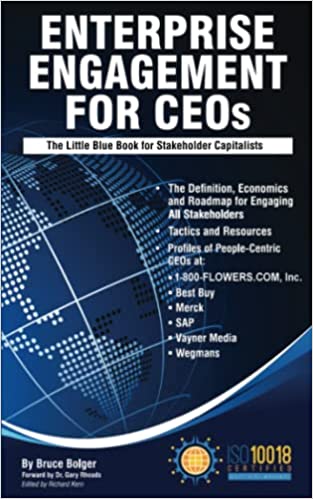 Profit From the “S” of Environmental, Social, Governance (ESG)
Profit From the “S” of Environmental, Social, Governance (ESG)
Through education, media, business development, advisory services, and outreach, the Enterprise Engagement Alliance supports boards, business analysts, the C-suite, management in finance, marketing, sales, human resources and operations, etc., educators, students and engagement solution providers seeking a competitive advantage by implementing a strategic and systematic approach to stakeholder engagement across the enterprise. Click here for details on all EEA and RRN media services.
1. Professional Education on Stakeholder Management and Total Rewards
Strategic Business Development for Stakeholder Management and Total Rewards solution providers, including Integrated blog, social media, and e-newsletter campaigns managed by content marketing experts.
4. Advisory Services for Organizations
Stakeholder Management Business Plans; Human Capital Management, Metrics, and Reporting for organizations, including ISO human capital certifications, and services for solution providers.
5. Outreach in the US and Around the World on Stakeholder Management and Total Rewards
The EEA promotes a strategic approach to people management and total rewards through its e-newsletters, web sites, and social media reaching 20,000 professionals a month and through other activities, such as:
 Profit From the “S” of Environmental, Social, Governance (ESG)
Profit From the “S” of Environmental, Social, Governance (ESG)Through education, media, business development, advisory services, and outreach, the Enterprise Engagement Alliance supports boards, business analysts, the C-suite, management in finance, marketing, sales, human resources and operations, etc., educators, students and engagement solution providers seeking a competitive advantage by implementing a strategic and systematic approach to stakeholder engagement across the enterprise. Click here for details on all EEA and RRN media services.
1. Professional Education on Stakeholder Management and Total Rewards
-
 Become part of the EEA as an individual, corporation, or solution provider to gain access to valuable learning, thought leadership, and marketing resources.
Become part of the EEA as an individual, corporation, or solution provider to gain access to valuable learning, thought leadership, and marketing resources. - The only education and certification program focusing on Stakeholder Engagement and Human Capital metrics and reporting, featuring seven members-only training videos that provide preparation for certification in Enterprise Engagement.
- EEA books: Paid EEA participants receive Enterprise Engagement for CEOs: The Little Blue Book for People-Centric Capitalists, a quick implementation guide for CEOs; Enterprise Engagement: The Roadmap 5th Edition implementation guide; a comprehensive textbook for practitioners, academics, and students, plus four books on theory and implementation from leaders in Stakeholder Management, Finance, Human Capital Management, and Culture.
- ESM at EnterpriseEngagement.org, EEXAdvisors.com marketplace, ESM e–newsletters, and library.
- RRN at RewardsRecognitionNetwork.com; BrandMediaCoalition.com marketplace, RRN e-newsletters, and library.
- EEA YouTube Channel with over three dozen how-to and insight videos and growing with nearly 100 expert guests.
Strategic Business Development for Stakeholder Management and Total Rewards solution providers, including Integrated blog, social media, and e-newsletter campaigns managed by content marketing experts.
4. Advisory Services for Organizations
Stakeholder Management Business Plans; Human Capital Management, Metrics, and Reporting for organizations, including ISO human capital certifications, and services for solution providers.
5. Outreach in the US and Around the World on Stakeholder Management and Total Rewards
The EEA promotes a strategic approach to people management and total rewards through its e-newsletters, web sites, and social media reaching 20,000 professionals a month and through other activities, such as:
- Association of National Advertisers Brand Engagement 360 Knowledge Center to educate brands and agencies.
- The EEA Engagement widget to promote, track, and measure customers/employee referrals and suggestions that can be connected to any rewards or front-end program management technology.
- The Stakeholder Capitalism free insignia to promote a commitment to better business.
- The BMC Brand Club and transactional storefronts to educate corporate and agency buyers on the IRR market.
- The EME Gold program to educate the top 3% of promotional consultants on selling engagement and rewards services.


